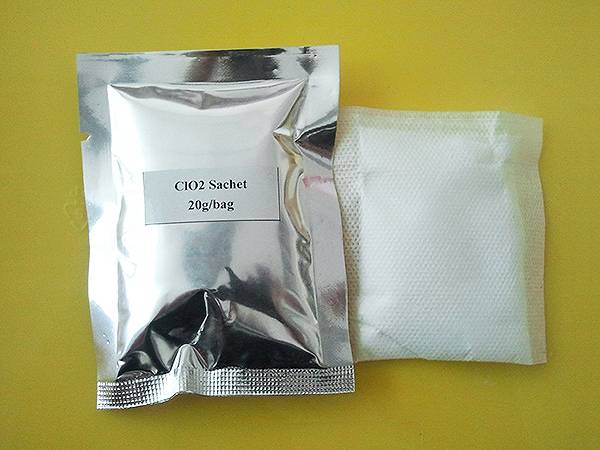



dry sodium bisulfate
Exploring Dry Sodium Bisulfate Properties, Uses, and Safety Considerations
Dry sodium bisulfate, chemically represented as NaHSO₄, is a versatile compound widely utilized across various industries. With its crystalline structure and hygroscopic nature, it serves essential functions as a pH adjuster, cleaning agent, and even as a food additive. This article delves into the properties, applications, and safety considerations associated with dry sodium bisulfate.
Properties of Dry Sodium Bisulfate
Dry sodium bisulfate is a white, granular substance that is highly soluble in water, producing a slightly acidic solution. Its pH typically ranges between 1.5 and 2.5 when dissolved in water. The compound is a byproduct of the neutralization of sulfuric acid with sodium carbonate, and it can also be produced by reacting sulfuric acid with sodium chloride. Sodium bisulfate contains one sulfate group and is characterized by its stable and non-flammable nature, making it a safe option for many applications.
Applications of Dry Sodium Bisulfate
1. pH Adjustment One of the most common uses of sodium bisulfate is in the swimming pool industry. It is employed to lower the pH of pool water, ensuring it remains within the optimal range for sanitization and comfort. Proper pH levels not only enhance chlorine's efficacy but also prevent skin and eye irritation for swimmers.
2. Cleaning Agents In industrial settings, dry sodium bisulfate is employed as a cleaning agent, particularly in the textile and dyeing industries. Its acidic properties help remove mineral deposits and other organic materials from equipment, ensuring operational efficiency.
dry sodium bisulfate

3. Food Industry As a food additive, sodium bisulfate is recognized under the FDA as Generally Recognized as Safe (GRAS) and is used as a preservative and antioxidant. It is often found in various processed foods, where it helps to prevent browning and maintain freshness.
4. Laboratory Uses In chemical laboratories, dry sodium bisulfate acts as a dehydrating agent and is frequently utilized in the synthesis of various chemicals. It also serves as an important reagent in analytical chemistry.
Safety Considerations
While dry sodium bisulfate is generally safe to use, certain precautions should be observed. Exposure to the powdered form can cause respiratory irritation or skin sensitization. Therefore, it is advisable to use personal protective equipment (PPE), such as gloves and masks, when handling the substance.
Ingestion or significant exposure can lead to irritation of the gastrointestinal tract, necessitating immediate medical attention. Additionally, sodium bisulfate should be stored properly in a cool, dry place away from incompatible materials, particularly strong bases and metals, to prevent any adverse reactions.
Conclusion
Dry sodium bisulfate is an essential compound with multifaceted applications across various sectors. Its ability to act as a pH adjuster, a cleaning agent, and a food preservative underscores its importance in both industrial and consumer contexts. However, awareness of its properties and safety measures is crucial for ensuring the well-being of individuals who handle this compound. As industries continue to innovate, the role of dry sodium bisulfate is likely to expand, highlighting the need for ongoing research and safety practices surrounding its use.
-
Why Sodium Persulfate Is Everywhere NowNewsJul.07,2025
-
Why Polyacrylamide Is in High DemandNewsJul.07,2025
-
Understanding Paint Chemicals and Their ApplicationsNewsJul.07,2025
-
Smart Use Of Mining ChemicalsNewsJul.07,2025
-
Practical Uses of Potassium MonopersulfateNewsJul.07,2025
-
Agrochemicals In Real FarmingNewsJul.07,2025
-
Sodium Chlorite Hot UsesNewsJul.01,2025










